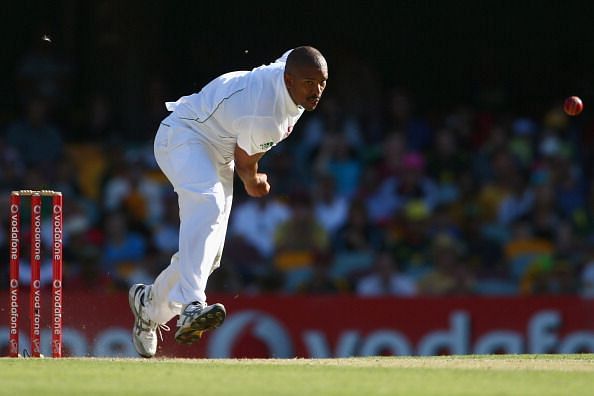
Statistical comparison: Vernon Philander vs Shaun Pollock
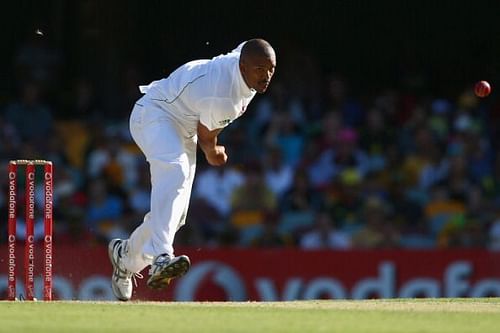
"He's a good all-rounder, someone we are going to try to mould along the lines of Shaun Pollock.They are big boots to fill, but he started well"
These words were coming from Jacques Kallis in 2008, when Vernon Philander snapped up 4/42 in his One Day International debut against Ireland in Belfast. Kallis, skippering in the absence of Graeme Smith, had overseen Philander, who replaced a rested Pollock, bowl impeccable lines and trouble the minnow batsmen.
But that stint in the national team wouldn't last long for Philander. He became a forgotten name soon until he returned to the side in 2011 in whites. This time he was here to stay.
A staggering season saw him become the third fastest to 50 wickets in Test history. He did it in seven Tests and 14 innings at a stunning average of 14.15.
Unlike Pollock, who he was supposed to replace, Philander did not arrive with express pace. He has matured enough to realise that his strength lay in consistently bowling the right line and length. He was more of a McGrath than a Pollock and thus turned out to be the perfect foil for a rampant Dale Steyn and Morne Morkel in their pinnacle.
It wasn't that Philander was an exact swap for the legendary South African fast bowler. Pollock was different. He was also precise with his lines but possessed good pace at the start of his career before mellowing down at a later stage. Yet he was equally effective at all stages of an elaborate and celebrated career.
In many ways, the Big Vern and Pollock are similar yet comparing them on the basis of pure numbers reveals an altogether different story. We are showing only the Test numbers between the two since Philander is not a regular in the limited-overs sides and has played quite a number of lesser matches than Pollock in ODI cricket.
Overall numbers
Since both players played in different eras the overall numbers aren't quite the right way to compare. But it is a good start nevertheless.
Pollock played 108 Tests, taking 421 wickets at an average of 23.11 and a strike rate of 57.8, excellent numbers for a fast bowler in the era he played in. Pollock had 16 five-wicket hauls but just a single 10 wicket haul in his Test career.

Philander, on the other hand, has 171 wickets in 46 Tests at the moment striking at a rate of 49.4, much better than that of Pollock. He also averages a touch better at 22.45.
What really sets apart, or seemingly sets apart, the Big Vern is his sheer dominance in the category of five-wicket and ten-wicket hauls. He has 11 five-fors already in his career to go along with two ten-fors, an exceptional record for a fast bowler.
However, when filtering out Pollock's career to his initial 46 Tests, the all-rounder has 190 wickets at an average of 20.46, a shade better than Philander's statistics. He also has 10 five-wicket hauls in these matches, almost touching Philander's numbers. These numbers also kind of reveal Pollock's waning influence in the latter half of his career.
Also read: 10 cricketers who could be future World Cup Captains
Home statistics
With South Africa being a haven for quicker bowlers, both Philander and Pollock enjoyed terrific records. Both are masters of the new, red cherry and exploited favourable conditions to their advantage, albeit in different times.
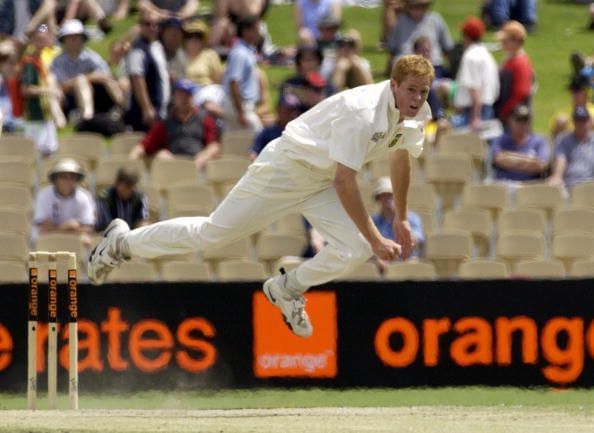
Pollock's home numbers though aren't as good as Philander's.

The Big Vern has 96 wickets in 21 home Tests at an eye-catching average of 18.95 and a strike rate of 40.5. Pollock’s numbers aren't that exceptional although they are pretty good in general terms. He had 235 wickets in 59 Tests at 21.08 and a strike rate of 52.6.
Philander also has taken seven of his 11 five-wicket hauls at home while Pollock has nine of his 16 in South Africa
Away statistics
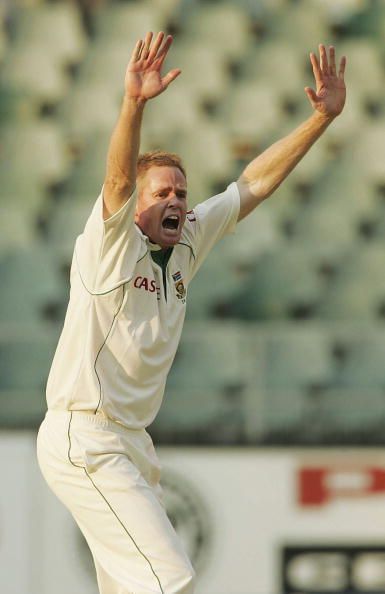
There is a stark contrast when away numbers are taken. Philander, dominant at home, fades off in away Tests as against Pollock, who holds his own even away from home.
Philander has only 69 wickets in 23 away Test matches at an average of 27.27 and a strike rate of 61.2, a huge jump of over 20 from his home strike rate. Pollock, on the other hand, suffers little damage even away from home, having taken 186 wickets in 49 Tests at an average of 25.68. However, his strike rate is worse than Philander's at 64.5.

The numbers go completely awry for Philander if the away record is filtered out to the sub-continent alone. Here he averages 32 in seven Tests, having taken only 13 wickets at a strike rate of 79.2. But Pollock has an intact record in this part of the World with 60 wickets in 17 Tests at 23.18 and a strike rate of 56.8, his best outside Africa.

Type of batsmen
It is important to compare the duo's record against left-hand and right handed batsmen. While Philander has been relentless against both lefties and right handers, Pollock has a huge difference in average between the two.

Philander averages a miserly 17.90 against southpaws as against 18.95 against the right handers. Pollock has quite a different record though, with averages of 18.76 and 27.17 against right and left handers respectively.

Philander has enjoyed considerable success against the likes of Alastair Cook (who he has dismissed the most number of times in his career), Shaun Marsh and David Warner.
Pollock. meanwhile, has dismissed Marvan Atapattu and Nasser Hussain the most times in his career. The only left-hander he enjoyed big success against was Sourav Ganguly, whom he dismissed seven times in 12 Tests against each other.
Also read: Kerala high court orders BCCI to lift life ban on Sreesanth
Batting Record
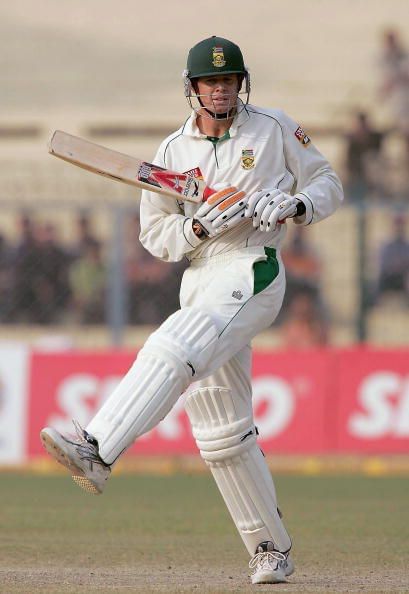
Pollock also enjoys a clear lead in terms of batting with the former legend averaging 32.31 as against Philander's 25.78. Pollock also has two hundreds in Test cricket, while Philander's highest score is 74 although he bats at a higher position than what Pollock used to these days.

Conclusion
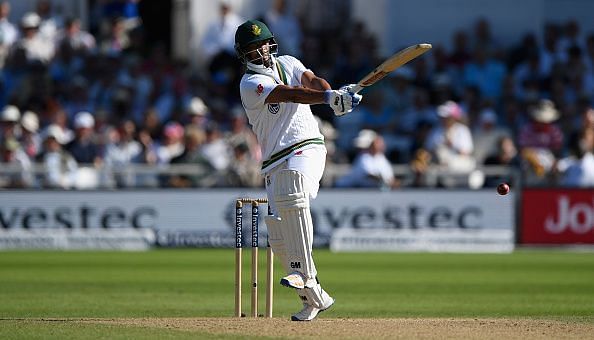
That said, Pollock could not match Philander in terms of striking regularly, which the current Proteas seamer excels in. It can safely be concluded that, though not a like-for-like replacement, Philander's presence helped South Africa get over Pollock's retirement.
Also read: From a potentially career-ending car crash to TNPL: The story of Nilesh Subramanian